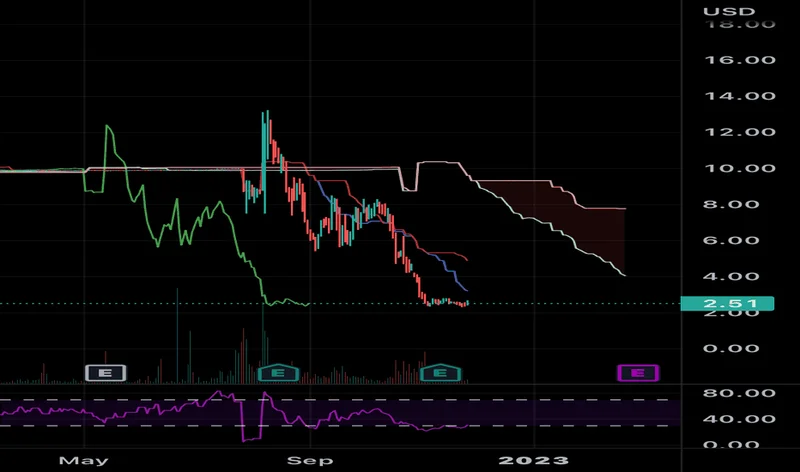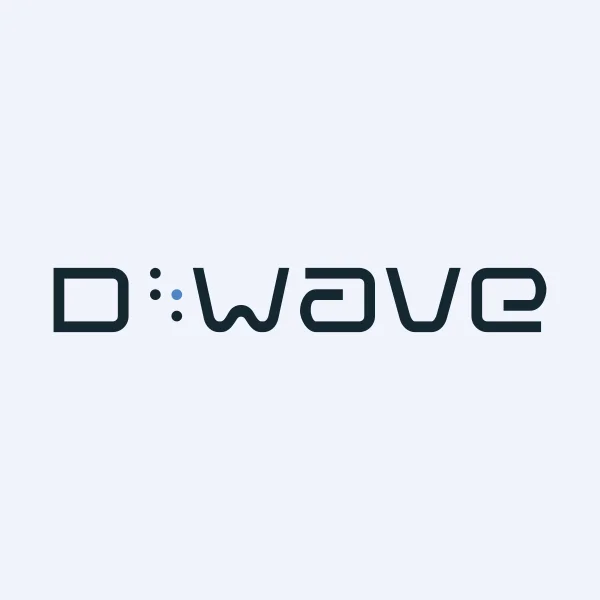Article Directory
You hear that sound? It’s the quiet, frantic whisper of Wall Street trying to use a 20th-century abacus to measure the dawn of a new reality. On Monday, an alert likely flashed across thousands of screens: D-Wave Quantum (NYSE:QBTS) Downgraded to "Strong Sell" Rating by Zacks Research - MarketBeat. The stock wobbles. Insiders sell a few shares. Analysts draw lines on charts and mutter about earnings per share.
And in that moment, the entire financial world revealed a stunning, almost comical, misunderstanding of what is actually happening.
I’ll be honest. When I saw the news, I didn’t feel panic. I felt a sense of profound clarity. We are witnessing a classic, textbook case of trying to fit a universe-bending paradigm shift into a quarterly earnings report. It’s like criticizing the Wright brothers’ first flight because the onboard beverage service was subpar. They’re missing the entire point. The conversation on trading floors is about price targets and moving averages, while in D-Wave’s labs—and at their competitors—the conversation is about the fundamental fabric of computation itself. So, are we watching a struggling tech stock, or are we watching the birth of an entirely new way for humanity to solve its biggest problems?
The Static of the Present
Let’s get the Wall Street panic out of the way, because we have to acknowledge the noise to appreciate the signal. Yes, Zacks slapped a "strong sell" on D-Wave. Yes, the company missed its consensus earnings-per-share estimate by three cents, reporting a loss of ($0.08) instead of ($0.05). And yes, over the last few months, a couple of insiders, including the CFO, have sold shares. For a market conditioned to react to red numbers and sell orders, this is blood in the water.
This has created a bizarre tug-of-war among analysts. While Zacks and Wall Street Zen are waving sell flags, eleven other firms—Piper Sandler, Roth Capital, Canaccord Genuity—are screaming "Buy!" The consensus price target sits at a confusing $20.27, a steep drop from its recent price. It’s a cacophony of contradiction. You can almost picture the analysts, hunched over their spreadsheets, trying to apply old-world financial models to a company that operates on the principles of quantum mechanics. The P/E ratio is negative. The net margin is a black hole. How do you value a company that’s not just building a product, but building the tools that will one day build entirely new products we can’t even conceive of yet?
This is the central friction. The market is a short-term voting machine, obsessed with the next 90 days. But quantum computing isn’t a 90-day story. It’s a 90-year story. Asking if D-Wave is profitable today is like asking a construction crew if the skyscraper is waterproof when they’ve only just finished laying the foundation. The question itself is flawed. The real question isn't about the current balance sheet, but about the blueprint. And my god, what a blueprint it is.

The Symphony of the Future
Now, let’s tune out the static and listen to the music. While the traders were reacting to a three-cent miss, D-Wave’s revenue for the quarter grew by a staggering 40.9% year-over-year, handily beating estimates. That isn’t a sign of a company in trouble; it’s the sign of a company finding its commercial footing. Major players like GE Vernova, Nikon, and E.ON aren't just kicking the tires—they're actively engaging with this technology, looking for an edge.
This is where my excitement really kicks in, because the technology itself is accelerating at a breathtaking pace. This summer, D-Wave launched its Advantage2 system. The specs sound arcane, but they are incredibly important. It has double the coherence time—in simpler terms, that means the delicate quantum state, the very heart of the computation, can be maintained for twice as long, allowing for more complex problems to be solved. The qubit connectivity has jumped from 15 to 20, which is like upgrading a city’s road system from a series of local streets to an interconnected superhighway, allowing information to flow in far more sophisticated ways.
And then there’s the NASA partnership. When I first read that D-Wave was working with the Jet Propulsion Laboratory on superconducting interconnects for a future 100,000-qubit system, I honestly just sat back in my chair, speechless. This is the kind of breakthrough that reminds me why I got into this field in the first place. We're talking about NASA's JPL, the people who engineer solutions for the harshest environments in the solar system, collaborating on the foundational tech for the next generation of computing—this is not some speculative venture, it's a deeply serious, high-stakes engineering challenge at the absolute frontier of science.
This isn’t happening in a vacuum, either. The entire quantum ecosystem is igniting. IonQ is acquiring competitors and demonstrating massive speed-ups in drug discovery. Rigetti is building out modular systems and partnering with manufacturing giants. Billions of dollars in institutional money are flowing into this space, with behemoths like Vanguard Group dramatically increasing their stakes. This isn't a bet on one company; it's a bet on a coming revolution. It’s the 1940s, and we’re not just building one ENIAC in a basement; we’re seeing the seeds of IBM, of Bell Labs, of an entire digital age sprouting up all at once. We're moving from the theoretical to the tangible, and the speed of this is just staggering—it means the gap between today and tomorrow is closing faster than we can even comprehend.
Of course, with this kind of world-altering power comes immense responsibility. The ability to solve problems in logistics, materials science, and medicine that are currently intractable for even the biggest supercomputers is a tool of unbelievable potential. We have to ensure, as a society, that we’re having the ethical conversations right alongside the technical ones.
You Don't Short a Revolution
So, what are we left with? A "strong sell" rating from an analyst firm on one side, and a partnership with NASA on the other. A three-cent earnings miss on one side, and 40% revenue growth and a paradigm-shifting new machine on the other. Insider selling on one side, and a flood of institutional investment on the other.
The stock market is scared because it can't quantify the future. It can't put a price-to-earnings ratio on solving climate change, discovering new medicines, or creating materials that will redefine manufacturing. D-Wave, and the entire quantum industry, isn't just a stock. It’s a bet on human ingenuity. And that’s not something you can capture in a quarterly report. The real story isn't the ticker symbol QBTS. The real story is the dawn of a new age of computation, and we all have a front-row seat.

